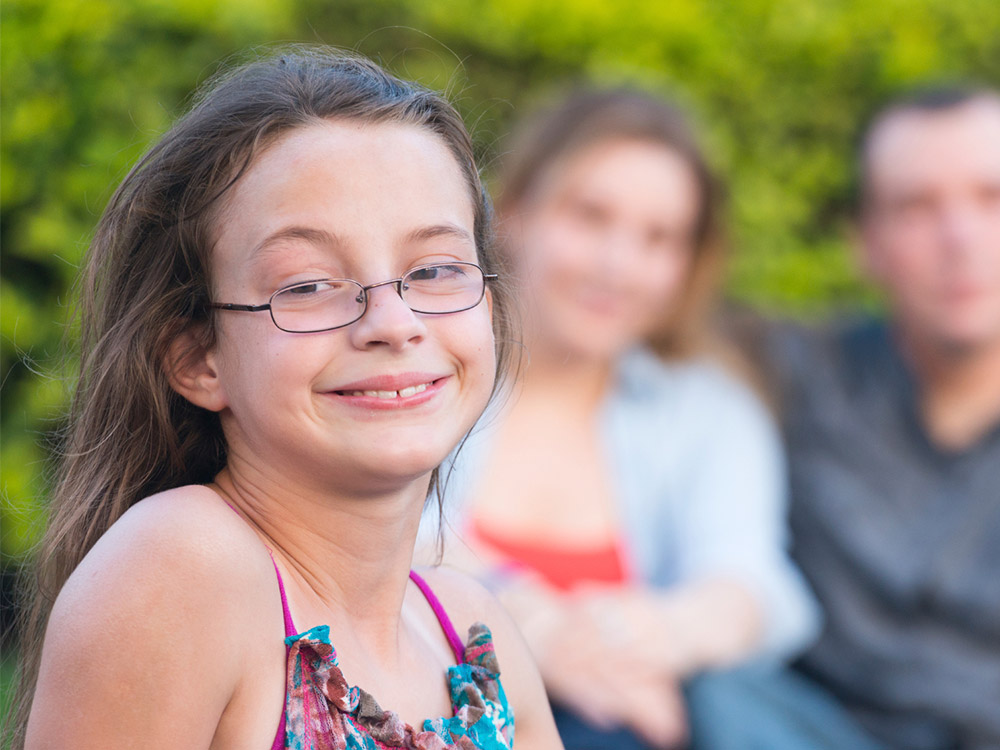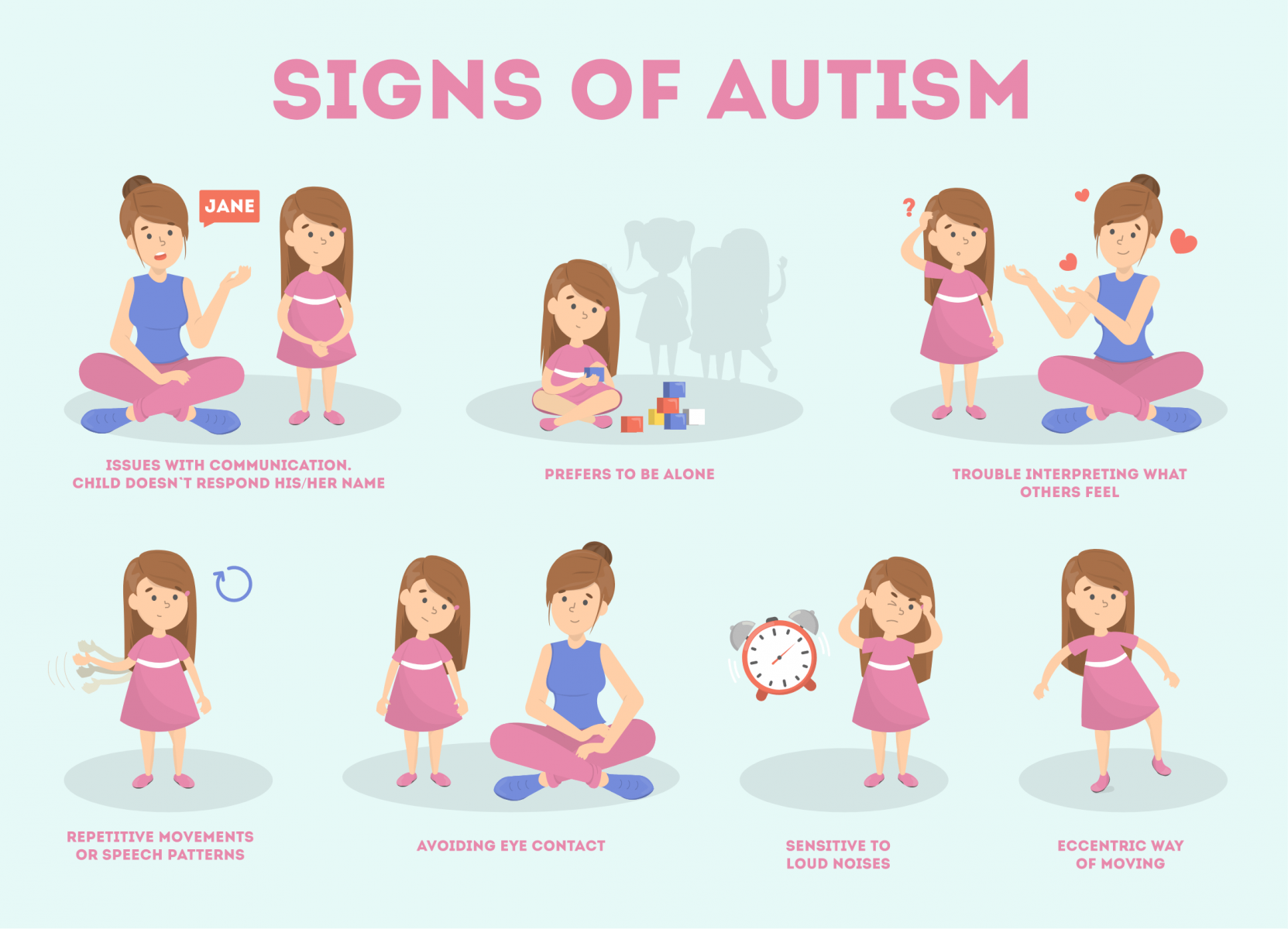Exactly how to Produce an Inclusive Setting for Pals and Family Members with Autism
Exactly how to Produce an Inclusive Setting for Pals and Family Members with Autism
Blog Article
Recognizing Autism: A Comprehensive Guide to Symptoms and signs
Autism Range Disorder (ASD) encompasses a vast array of features that can significantly impact an individual's social interactions and everyday functioning. Acknowledging the symptoms and signs, such as difficulties with eye get in touch with, social communication difficulties, and sensory level of sensitivities, is critical for very early intervention. Understanding these subtleties not just aids caregivers and instructors in giving suitable assistance yet also promotes a more inclusive atmosphere for individuals with ASD. As we discover the intricacies of autism, it becomes vital to think about exactly how these indications manifest in a different way throughout the spectrum and what effects they hold for efficient treatment methods.
Introduction of Autism Spectrum Condition
Defining Autism Range Problem (ASD) involves acknowledging it as an intricate neurodevelopmental problem defined by a series of difficulties in social communication, interaction, and behavior patterns. The term "range" reflects the vast variability in signs and their extent, which can differ considerably from one individual to another. ASD normally manifests in very early childhood years, although some individuals may not obtain a diagnosis till later on in life.
Variables influencing the development of ASD consist of genetic proneness and environmental factors, although the exact causes stay under examination. Diagnosis commonly depends on behavior assessments, as there are no clear-cut clinical tests for ASD. Early treatment is essential and can significantly improve results, concentrating on improving interaction abilities, social interactions, and flexible behaviors.
People with ASD may additionally exhibit distinct strengths, such as outstanding focus to detail or specific locations of competence. Comprehending the diverse nature of ASD is necessary for cultivating a comprehensive environment that suits neurodiversity. Continued research study is vital for establishing reliable treatments and support group, making it possible for people with ASD to thrive and meet their prospective within culture.
Typical Signs of Autism
Identifying the common indicators of Autism Range Condition (ASD) is crucial for early recognition and treatment. These indications can differ widely in severity and presentation, however certain qualities are regularly observed in individuals with ASD.
Among the most common indications is a significant trouble in establishing and keeping eye get in touch with. Individuals might also show restricted rate of interest in social communications and reveal a choice for singular play. Repetitive actions, such as hand-flapping, shaking, or rotating things, commonly arise early in childhood. Furthermore, some children may create rigorous routines and end up being troubled if these regimens are interrupted.
Sensory level of sensitivities are likewise typical; people might underreact or overreact to sensory stimulations, such as lights, appearances, or noises. autism. Language growth can be atypical, with some kids showing postponed speech or utilizing language in unusual methods, including echolalia-- repeating expressions or sentences listened to somewhere else
It is important to note that not every individual with ASD will certainly display all these indications, and the level of these habits can differ considerably. Early acknowledgment permits prompt assistance and sources, improving the lifestyle for those on the range.
Social Interaction Challenges
Social communication obstacles are a characteristic of Autism Range Condition (ASD), influencing an individual's capacity to involve successfully with others. These problems can show up in various methods, including challenges in launching and keeping conversations, comprehending social hints, and reacting appropriately in social communications.
Individuals with ASD might battle with nonverbal interaction, such as eye call, faces, and body language. This can result in misconceptions, as their communicative intent may not be appropriately translated by others. They might discover it difficult to realize the subtleties of tone and context, which are important for efficient communication.
In team settings, individuals with ASD may feel overwhelmed and might not recognize just how to join in conversations (autism). They may likewise show atypical conversational patterns, such as monologuing regarding details passions without identifying social reciprocity
In addition, these difficulties can lead to social seclusion or difficulties in creating relationships, as peers might misunderstand their habits or communication design. Comprehending these social communication challenges is vital for fostering helpful settings that advertise social abilities advancement and improve the quality of interactions for people on the autism range.
Sensory Level Of Sensitivities and Responses
Numerous individuals with Autism Range Disorder (ASD) visit this website experience increased sensory level of sensitivities that can significantly impact their day-to-day lives. A person with ASD might find everyday noises, such as a vacuum cleaner or crowded settings, overwhelmingly distressing, leading to anxiousness or crises.
Sensory handling distinctions in individuals with ASD can additionally impact their capacity to engage in routine tasks and social interactions. A youngster that is delicate to touch may stand up to physical affection or stay clear of specific apparel materials. Additionally, a preference for sure structures or tastes can restrict nutritional options and produce obstacles during nourishments.
Recognizing these sensory level of sensitivities is essential for identifying the unique experiences of people with ASD. Recognition of their sensory profiles can foster much better important source interaction and support methods, producing an environment that suits their demands and enhances their top quality of life. Eventually, recognizing sensory level of sensitivities is a crucial element of comprehending the more comprehensive spectrum of autism.

Sustaining Individuals With Autism
Efficient support for people with Autism Range Condition (ASD) is critical for improving their overall well-being and promoting freedom. Assistance approaches ought to be tailored to meet the distinct needs of each person, considering their challenges and toughness.

Social skills training can additionally play a critical function. autism. Engaging individuals in team tasks or role-playing circumstances can improve their capacity to navigate social communications. Furthermore, it is vital to inform relative, caregivers, and peers concerning ASD to promote a encouraging and inclusive area
Conclusion
By fostering improved communication and social abilities, individuals with autism can navigate their settings a lot more efficiently. official source Inevitably, enhanced understanding and assistance can dramatically enhance the quality of life for those impacted by ASD.
Autism Range Condition (ASD) encompasses a wide array of qualities that can dramatically affect an individual's social communications and everyday functioning.People with ASD may struggle with nonverbal interaction, such as eye get in touch with, face expressions, and body language.Lots of individuals with Autism Spectrum Problem (ASD) experience increased sensory level of sensitivities that can considerably influence their everyday lives.Sensory handling differences in people with ASD can also impact their capacity to engage in routine tasks and social communications.Comprehending these sensory level of sensitivities is necessary for recognizing the special experiences of people with ASD.
Report this page